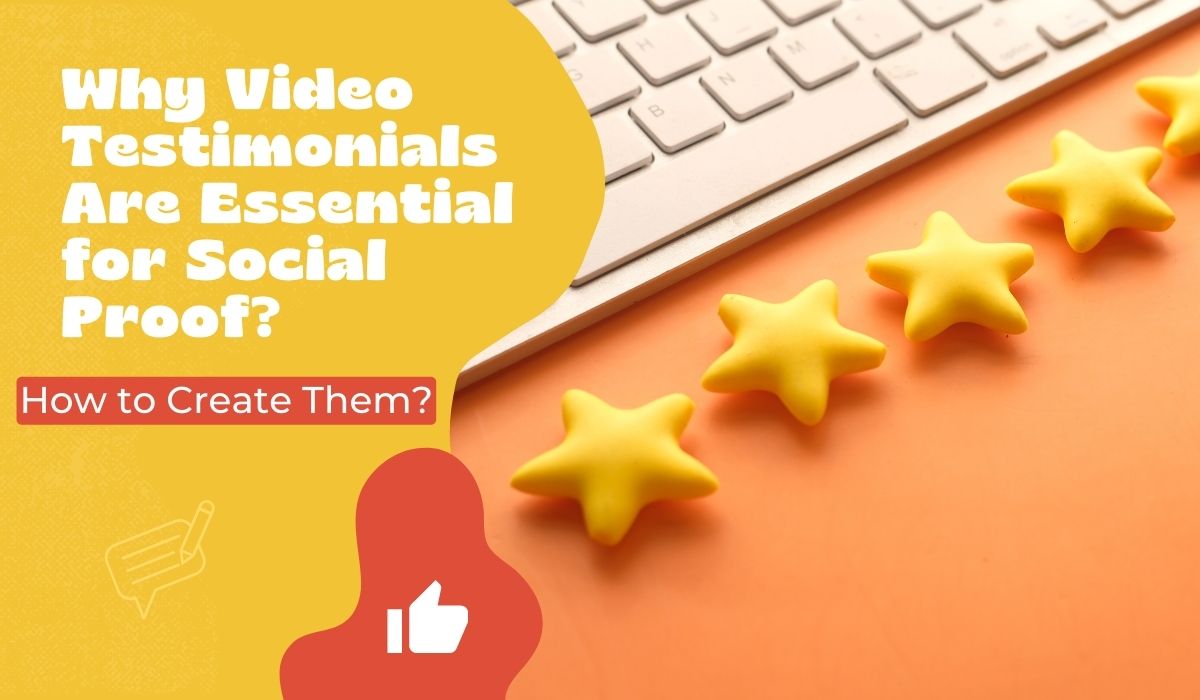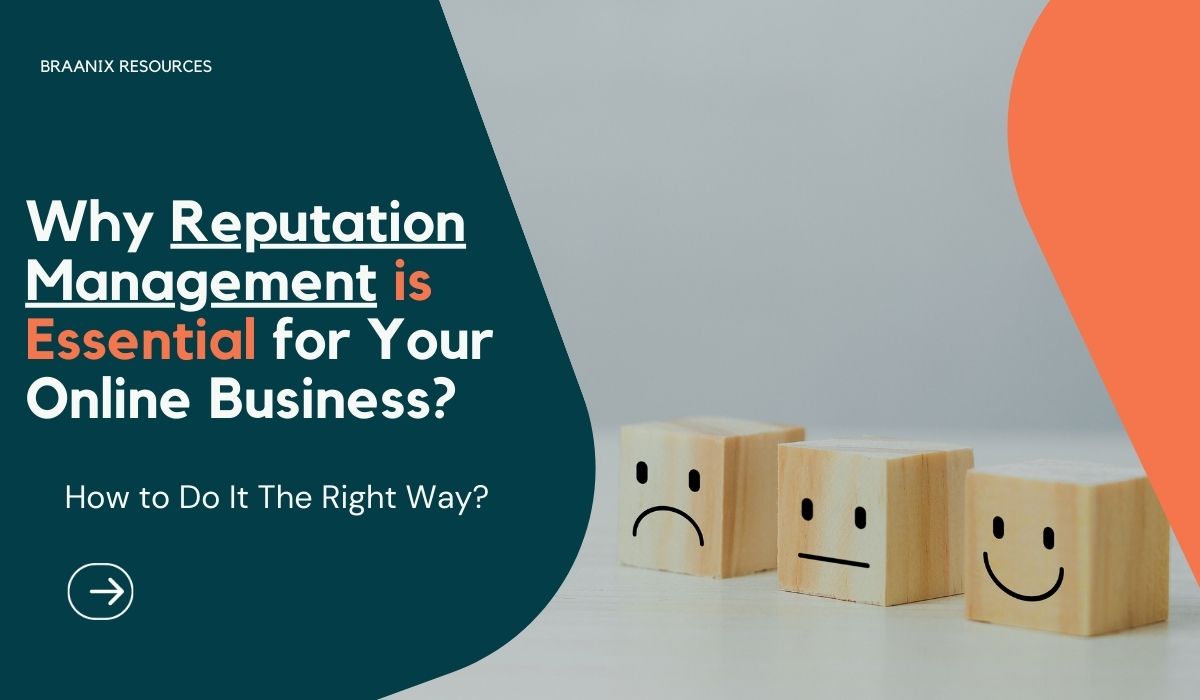As a business owner, you’re always looking for ways to improve your marketing efforts and engage your audience. Content personalization is an effective strategy that can help you achieve these goals by delivering customized content that speaks directly to your audience’s interests and needs. In this blog post, we’ll explore the benefits of content personalization and how to implement it for your business.
Benefits of Content Personalization
Improved Engagement
Personalized content is more engaging than generic content because it speaks directly to the reader’s interests and needs. When your audience feels that your content is tailored to their interests, they’re more likely to engage with it, spend more time on your website, and share it with their network.
Increased Conversions
Personalized content can help you increase conversions by delivering the right message to the right audience at the right time. By understanding your audience’s needs, you can create content that addresses their pain points and provides solutions, making them more likely to take action.
Higher ROI
Personalized content can help you achieve a higher return on investment (ROI) by improving engagement, increasing conversions, and reducing bounce rates. When you deliver relevant content to your audience, you’re more likely to see a positive impact on your bottom line.
How to Implement Content Personalization
Understand Your Audience
To implement content personalization, you need to understand your audience’s interests, preferences, and needs. You can gather this information through surveys, social media listening, website analytics, and customer feedback.
Segment Your Audience
Once you’ve gathered information about your audience, segment them into groups based on demographics, behavior, interests, or preferences. This will help you create content that’s relevant to each group.
Create Personalized Content
Use the information you’ve gathered to create personalized content for each segment. This could include customized landing pages, email campaigns, blog posts, or product recommendations.
Use Personalization Tools
Personalization tools like marketing automation software, content management systems, and customer relationship management (CRM) systems can help you implement content personalization at scale. These tools allow you to automate the personalization process and deliver customized content to each segment of your audience.
Analyze Your Results
Finally, analyze your results to determine the effectiveness of your content personalization strategy. Use website analytics, conversion rates, and customer feedback to identify areas for improvement and adjust your strategy accordingly.
Closing Words
Content personalization is a powerful strategy that can help you engage your audience, increase conversions, and achieve a higher ROI. To implement content personalization for your business, you need to understand your audience, segment them into groups, create personalized content, use personalization tools, and analyze your results. By using content personalization, you can deliver relevant content that speaks directly to your audience’s interests and needs, driving them to take action and ultimately helping you achieve your marketing goals.





